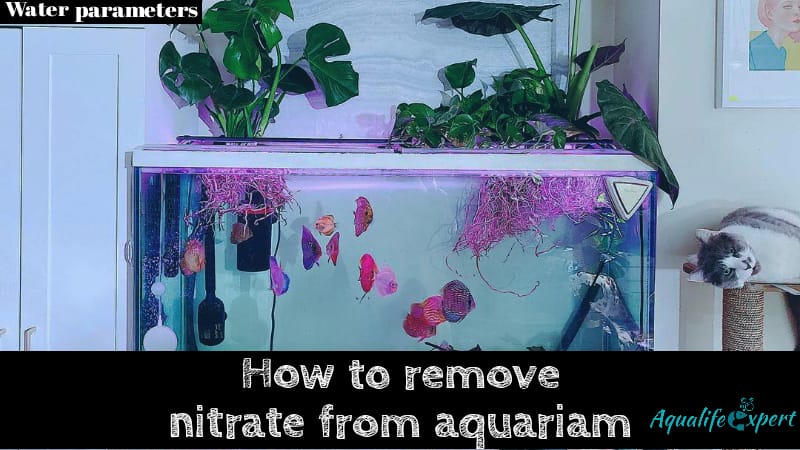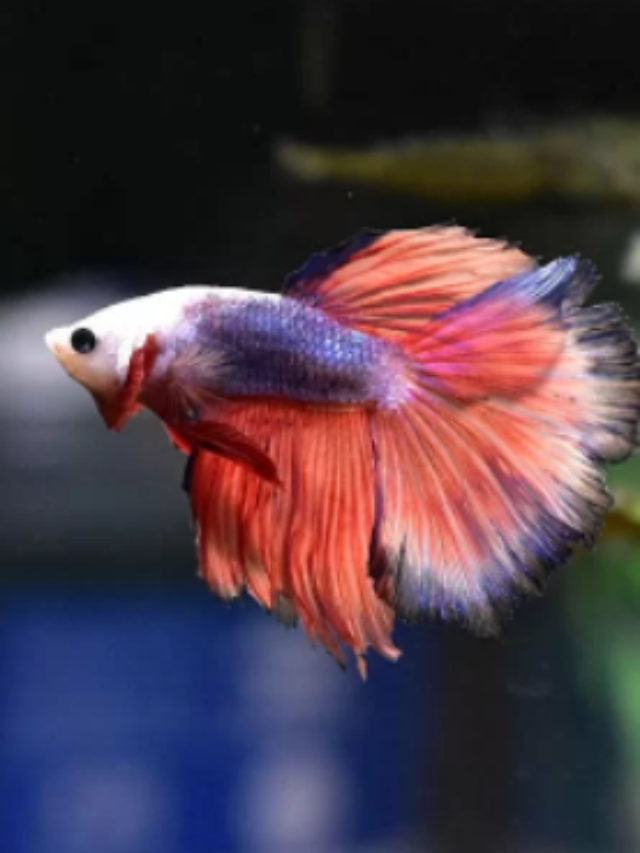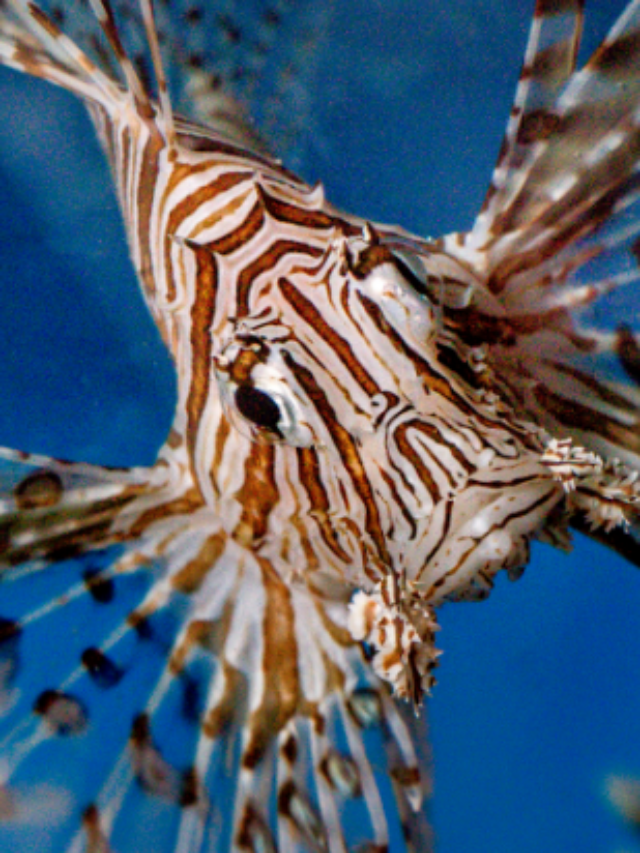How To Remove Nitrate From Aquarium Naturally
Check Our Quick Stories
Nitrate is a by-product and the last chain of the nitrogen cycle. This nitrogen cycle is a part of the nitrification process. Nitrification is such a process where a fish tank converts the poisonous ammonia into very less toxic nitrate. But nitrate is not a good element for your aquarium for a long period of time. So aquarists need to remove this naturally.
To remove the nitrate naturally, having aquatic plants is a must in the aquarium. Fast-growing aquatic plants can consume 5mg/L nitrate per day. Money plant and the lucky bamboo plant can be an option to reduce nitrate level. Besides this, 50% of water change can be another option to remove nitrate from the aquarium quickly.
But only these two line answers won’t clear the whole concept for you. To learn the full steps you need to read the whole article. This will help to reduce the chances of making mistakes.
Before diving deep into the main topic you must know the sources of nitrates from the aquarium. If you can control the sources then this will definitely work for you.
What are the sources of nitrates in the aquarium?
From nitrogen cycle
After setting up the new tank the nitrogen cycle starts. This takes time to start from a few days to few months from the very first day of setting up that tank. The nitrogen cycle starts due to some bacteria.
One of the main sources of nitrates in the aquarium is the nitrogen cycle. Nitrate is the by-product of the nitrogen cycle and with the help of some bacteria toxic nitrite converts into the very less toxic nitrate. This way nitrate level increases in the aquarium.
Read more:- How long does it take to establish a new fish tank?
Due to lack of maintenance
Nitrate can come into the aquarium in another way and that is due to lack of maintenance. Lack of maintenance increases the unnecessary stockings inside the aquarium. These unnecessary things may bring nitrate into the aquarium. Due to lack of maintenance decaying plant material, fish’s detritus may increase the nitrate level too.
| Note – Nitrosomonas and Nitrosospira help to convert ammonia to nitrite and Nitrobacter and Nitrospina help to convert nitrite into nitrate |
Due to overfeeding
This point is an extension of the previous point but this occurs manually without having proper knowledge about aquascaping. A fish can live a whole one day without any starvation. It needs 16-18 hours to digest the eaten foods. So once a day is sufficient for fish but twice a day is helpful for some types of fishes
Now aquarists provide foods as much as they want. They think their fish are hungry all the time. This incident is called overfeeding a fish. These excess foods accumulate in the aquarium and due to bacterial reaction nitrates and ammonia level become high.
| Note – Fishes eat the first two minutes after starting to provide food to them. This is a general rule of thumb. If they finish all the foods within the first 2 minutes then provide a little bit more. |
Tap water condition
Sometimes tap water may contain high nitrate levels. An aquarist should check this before adding it to the aquarium. So this type of high nitrate level can be toxic to the aquarium fish. If you find that the nitrate level of a particular water source is more than 40 ppm then you must change that water source. Nitrate level 10 ppm or less is good for tap water condition. You can use RO water to get purified water for your aquarium.
These are the four most possible sources of nitrates. Now if you are identifying one of these sources then you must take action to prevent this.
But there are some alternative options that you can use as precautions. These are the natural ways to prevent nitrates spikes in the aquarium.
Read more:- Symptoms of chlorine poisoning in a fish tank
How do you remove nitrate from an aquarium naturally?
As nitrate comes from the nitrogen cycle, so you can’t remove nitrates fully from your aquarium. This is required to know that a few nitrates are important for your aquarium. Aquatic plants need nitrates to grow. Now let’s know the techniques to remove nitrates from an aquarium.
Build a planted tank
If you don’t want to get a headache about the nitrate or ammonia level of your tank then you must build a planted tank. Plants consume nitrates from water.
Not only nitrate, but plants consume ammonia also. But they generally prefer ammonia and nitrates ions to consume. This ammonia and nitrates help plants to fulfil the scarcity of nitrogen in the water. Nitrogen is required for plants to build the amino acids for protein synthesis.
Now if you have made the planted tank then you have to provide more nitrates instead of reducing its level. Some nitrate fertilizers are good enough to provide to maintain a planted tank.
Read more:- Fish Suddenly Died After Water Change: 7 Possible causes with solutions
| Note – Hornwort and Anacheris are two plants that consume nitrate from the water. These are good for planted tanks too. Hornwort consumes 50mg/L nitrates where Anacheris consume not more than 2.5 mg/L |
Add money plant
People use money plants for various uses. It helps to maintain a healthy environment inside of the home. Now, this is useful for the aquarium too. You can use this plant as a nitrate consumer. But you can’t use this plant as an aquatic plant. This plant will die in a few days if you put all the plants inside of the water. This will not work like that.
To get the best result you have to cut its stem with scissors at a 45° angle. After that, put that plant in the water without trying to sink it. This will absolve the nitrate from the water and your aquarium will be nitrate free.
| Note – Lucky bamboo can be used in the same way. But make sure not to use normal bamboo plants to reduce nitrate from aquariums. This will rot after a few days and more toxicity will be created due to it. Only lucky bamboo plants are suitable for this. |
Top-level maintenance
Lots of new aquarists think the filter will remove all the toxicity from the aquarium. But actually, this does not happen like this. If you want to get a healthy aquarium then you must have to maintain it properly manually and mechanically both ways. Without both of these maintenance, nitrate levels will start increasing because the nitrogen cycle is obvious for an aquarium. Here maintenance refers to the weekly water change, scrubbing the glass to reduce algal growth. Vacuuming and siphoning the substrate well and so on.
Water change twice a week is a must for any type of aquarium. A good filter is required for that aquarium also. The filter must do the filtration mechanically, biologically and chemically. HOB filters are good filters for starting. But some types of HOB filters do not offer biological filtration. So you have to buy it according to your capabilities.
| Note – AquaClear Power filter is one of the best HOB filters for newbies. The price of this filter varies from $70 to $100. You can check recent prices on Amazon. |
Read more:- Effects of metal objects in a fish tank
How much nitrate is suitable for a fish tank?
In nature, the nitrate level remains under 0 ppm to 10 ppm. Now for an aquarium, this should be also like that. Excess nitrate can be lethal for fishes and other microbes. For a normal freshwater tank, less than 10 ppm is the best nitrate level. But if it is a planted tank then less than 45 ppm is good. This may seem like a high level of nitrate for a tank but plants need high nitrate levels as they consume this on a daily basis. In general for fishes under 40 ppm, the nitrate level is safe.
If you keep shrimps in your aquarium then you need to check the nitrate level more frequently. Molting is the most required process to grow shrimps. Now in this process shrimps require iodine. If the nitrate level is high in the tank then this will be impossible to consume iodine for shrimps. So the molting process will be obstructed. The most recommended nitrate level for a shrimp tank is 15 ppm. But less than 25 ppm nitrate level is tolerable for some shrimps.
Read Here:- Sterilization of aquarium after fish’s death: A VETERINARY guide
Conclusion
This discussion has shown nitrate is not as toxic as ammonia and nitrite. As an aquarist, you don’t need to think about it much if you have a good filter.
But you have to maintain the tank very well by changing the water twice a week. This will reduce the 90% chances of increasing toxicity due to high nitrate value. But still, if you are facing a problem regarding this, you must use a money plant and lucky bamboo to reduce it quickly. This article has covered almost all of the aspects of nitrates that you need to know about this element.
So best of luck & happy fishkeeping 🐟






